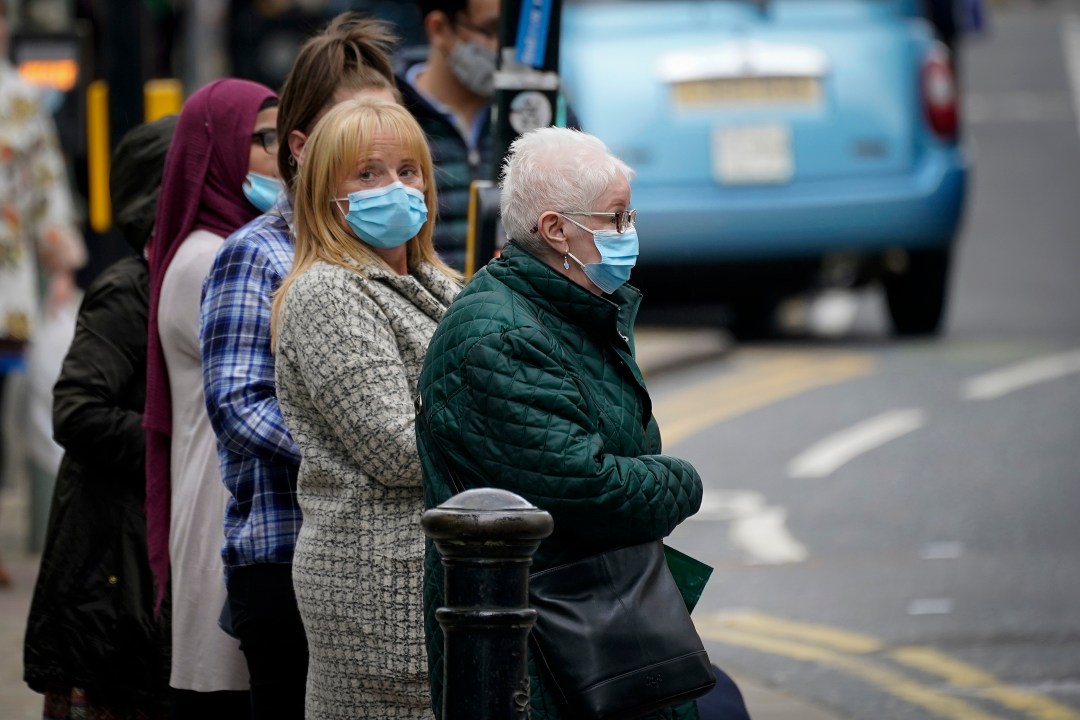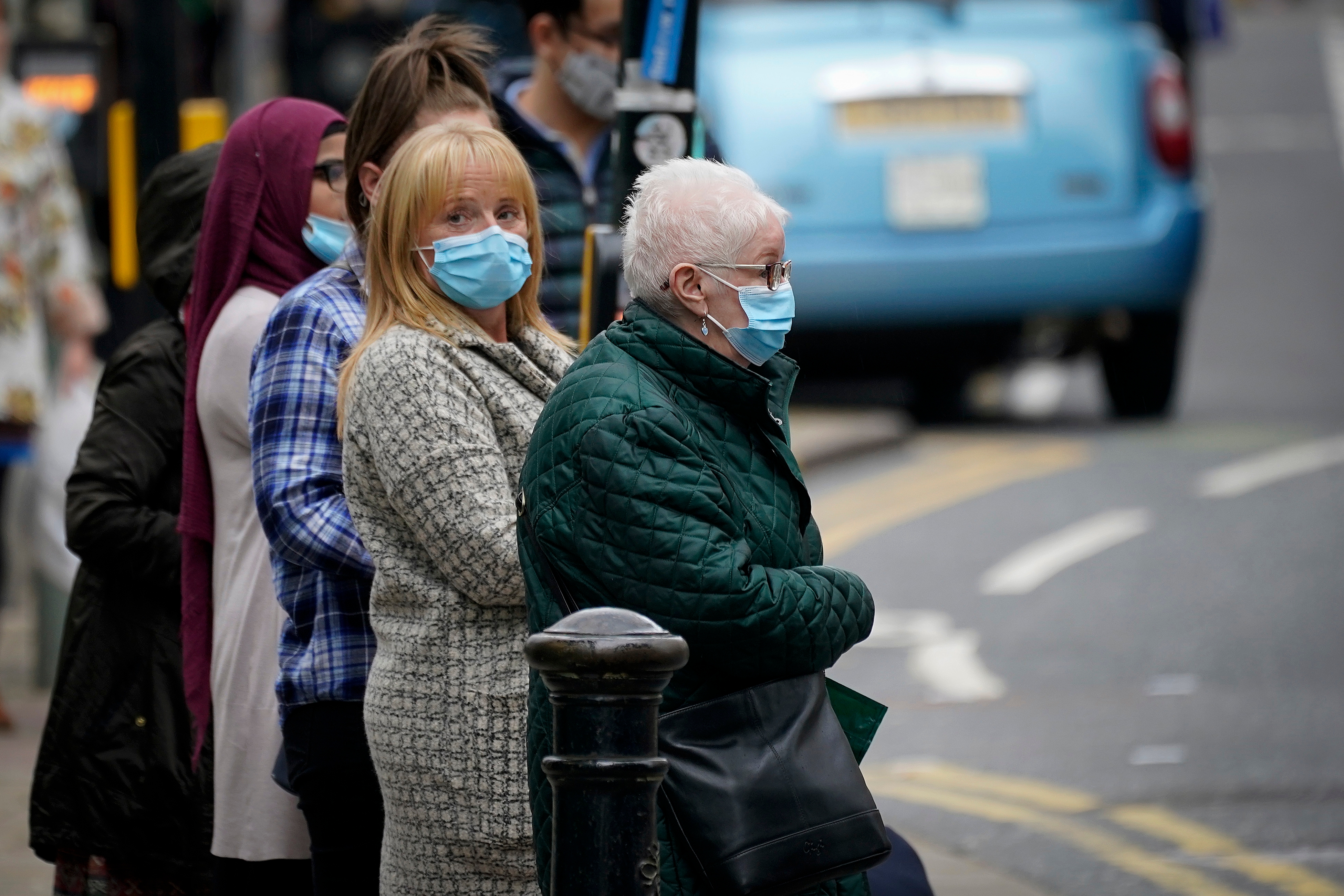What percentage of people who are infected with Covid-19 will go on to die of the disease? The dramatic response to the pandemic on the part of almost all governments around the world has been based on the idea that Covid-19 is a far more lethal disease than seasonal flu, which is often quoted as having an infection fatality rate (IFR) of 0.1 per cent. The World Health Organisation (WHO) is often quoted as claiming that Covid-19 has an IFR of 3.2 per cent — a claim that goes back to a press conference in early March when it, in fact, said that the case fatality rate (CFR) at that stage was 3.2 per cent.
The CFR is the division of known deaths by known cases — the denominator omitting the many cases that have not been confirmed by diagnosis. In a disease where large numbers of people are asymptomatic, the case fatality rate is bound to differ widely from the infection fatality rate.
Estimates of the IFR for Covid-19 have tended to settle in the range of 0.5 per cent to 1 per cent. The Imperial College paper of 16 March, which did so much to inform UK policy on Covid by predicting that 250,000 people could die unless the government introduced stricter social distancing measures, assumed an IFR of 0.9 per cent. A subsequent Imperial College study put it at 0.66 per cent.
Now, John Ioannidis of Stanford University has produced perhaps the most comprehensive attempt to estimate the IFR for Covid-19 to date. In a peer-reviewed study published in the Bulletin of the World Health Organisation he looked at 61 studies from around the world that have tried to measure the true prevalence of Covid-19 through serological studies. He then looked at the number of recorded Covid-19 deaths in the area to which they referred and used it to compute the local IFR.
It produced estimates for IFR which ranged between 0 and 1.63 per cent, with a median figure of 0.27 per cent.
That is quite a range, which could be due to a number of factors including the quality of medical treatments; local demography, in particular the age profile of the local population; the number of hospital-acquired infections; different ways of recording deaths; and possibly some level of pre-existing defence from serious symptoms gained from previous exposure to other coronaviruses. Most of the serological studies, noted Ioannidis, came from places with relatively high numbers of deaths. The study also calculated IFRs for the under 70s, which came out between 0 and 0.31 per cent, with a median of 0.05 per cent.
But if we take the median IFR for all age groups of 0.29 per cent, how does this compare with seasonal flu? Data does not exist for flu in the way it does for Covid-19, but one of the most comprehensive sources of data is the Centers for Disease Control (CDC) in the US. In the season 2016/17 (the last for which full figures are available, more recent figures being provisional) the CDC estimated 29 million cases of flu across the US, resulting in between 29,000 and 61,000 deaths. That gives an IFR of between 0.1 and 0.2 per cent. Meanwhile, the WHO estimates that seasonal influenza has an infection fatality rate that is ‘usually well below 0.1 per cent’.
From the research thus far, it still seems fair to say that Covid-19 is quite a bit deadlier than seasonal flu.








Comments